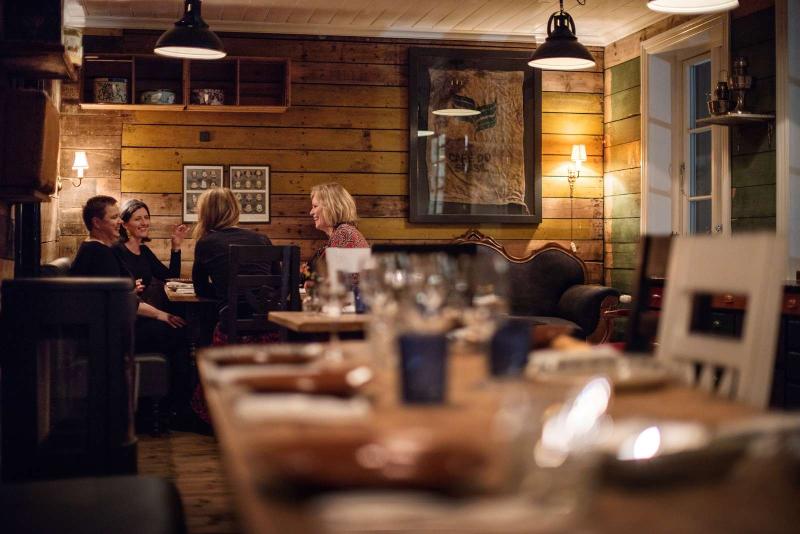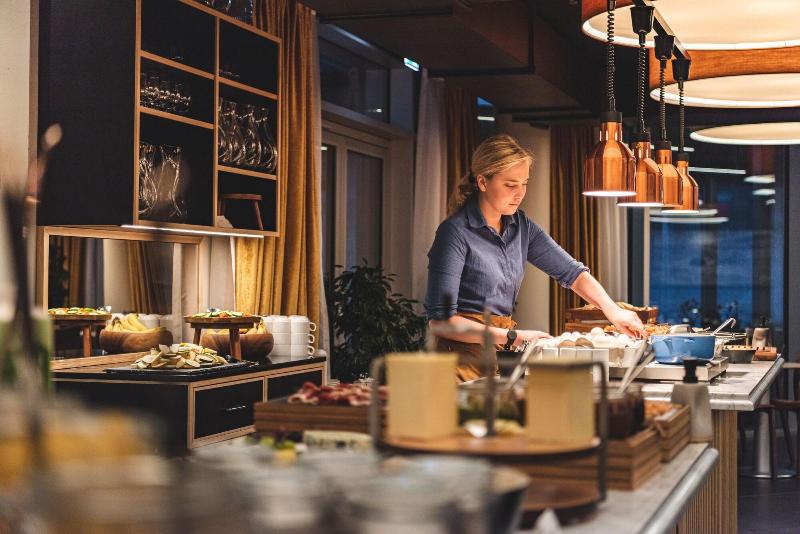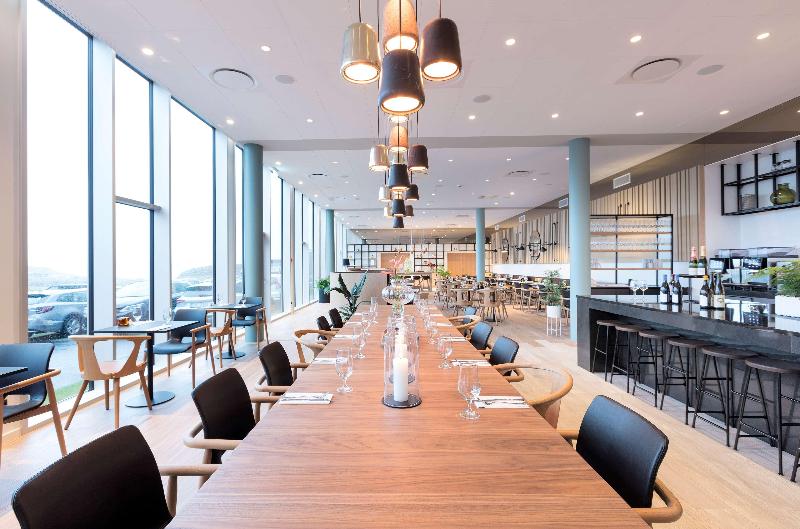
Exploring the Wild Beauty of the Faroe Islands: Unmissable
- Home
- ,
- Faroe Islands
About Faroe Islands
Nestled in the heart of the North Atlantic, the Faroe Islands are a hidden gem waiting to be discovered. This remote archipelago, located between Iceland and Norway, is a nature lover's paradise, with breathtaking landscapes, towering cliffs, and crystal-clear waters. Whether you're looking to hike through rugged terrain, explore charming fishing villages, or simply soak in the stunning views, the Faroe Islands offer something for everyone.
One of the most popular activities on the Faroe Islands is hiking. With over 340 miles of hiking trails, visitors can explore the islands' rugged terrain and stunning scenery. From the towering cliffs of Suðuroy to the rolling hills of Eysturoy, there is a trail for every level of hiker. For those looking for a challenge, the hike to the summit of Slættaratindur, the highest peak on the islands, is a must-see.
In addition to hiking, the Faroe Islands are also home to a number of charming fishing villages, where visitors can experience authentic Faroese culture and history. The village of Gjógv, located on the island of Eysturoy, is particularly picturesque, with its colorful houses and stunning views of the ocean. Visitors can also explore the historic village of Kirkjubøur, which is home to some of the oldest standing structures in the country.
For those looking to experience the islands' natural beauty without venturing too far from town, a boat tour around the islands is a must-see. Visitors can take a leisurely cruise along the coastline, spotting puffins, seals, and other wildlife along the way. The islands' crystal-clear waters are also perfect for kayaking and other water sports.
Whether you're a nature lover, history buff, or simply looking for a unique travel destination, the Faroe Islands are sure to delight. With its stunning landscapes, charming villages, and friendly locals, this hidden gem is a must-see for anyone visiting the North Atlantic.
Popular Stays in Faroe Islands
Explore some of the most affordable vacation packages and accommodation stays in Faroe Islands
Things to do in Faroe Islands
Choose from a range of unique experiences and fun activities in Faroe Islands
Why People Love Faroe Islands
See what people have to say about activities and accommodations in Faroe Islands
Explore all stays in Faroe Islands
Explore all things to do in Faroe Islands
Explore other popular holiday destinations
Frequently Asked Questions about Faroe Islands
What are the best things to do in Faroe Islands?
Faroe Islands offer a unique blend of natural beauty and cultural experiences. Here are the best things to do in Faroe Islands: 1. Visit the Mulafossur Waterfall in Vagar Island 2. Take a boat tour of the Vestmanna Bird Cliffs 3. Hike to the top of Slttaratindur, the highest peak in the Faroe Islands 4. Visit the charming village of Gjgv 5. Explore the picturesque town of Trshavn These activities are just a few examples of the many things to do in Faroe Islands.
What are the best places to stay in Faroe Islands?
Faroe Islands offer a variety of accommodations, from cozy guesthouses to luxury hotels. Some of the best places to stay in Faroe Islands include: 1. Hotel Froyar 2. Hotel Trshavn 3. Gjargarur Guesthouse 4. Vgar Camping These accommodations are known for their excellent service, comfortable rooms, and convenient locations near popular attractions.
What is the best time to visit Faroe Islands?
The best time to visit Faroe Islands is during the summer months, from June to August. During this time, the weather is mild and there are long hours of daylight, allowing for plenty of time to explore the islands. However, keep in mind that this is also the peak tourist season, so expect larger crowds and higher prices.
What is the weather like in Faroe Islands?
The weather in Faroe Islands is unpredictable and can change quickly. The islands are known for their frequent rain and fog, even during the summer months. It is important to pack warm and waterproof clothing, as well as sturdy shoes for hiking and exploring the rugged terrain.
What are the traditional foods to try in Faroe Islands?
Faroe Islands have a unique culinary culture, with an emphasis on fresh seafood and locally sourced ingredients. Some traditional foods to try in Faroe Islands include: 1. Grindadrp (pilot whale meat) 2. Rst kjt (dried and fermented lamb) 3. Skerpikjt (dried and cured mutton) These dishes are not for everyone, but they offer a glimpse into the traditional food culture of the islands.
What are the best hiking trails in Faroe Islands?
Faroe Islands offer a variety of hiking trails for all skill levels. Some of the best hiking trails in Faroe Islands include: 1. Slttaratindur 2. Srvgsvatn 3. Fjallavatn 4. Middagsfjall These trails offer stunning views of the islands' rugged terrain and natural beauty.
What are the top cultural attractions in Faroe Islands?
Faroe Islands have a rich cultural history, with a unique blend of Nordic and Celtic influences. Some of the top cultural attractions in Faroe Islands include: 1. Kirkjubur 2. The National Museum of Faroe Islands 3. The Nordic House These attractions offer a glimpse into the islands' fascinating history and cultural heritage.
What is the best way to get around Faroe Islands?
The best way to get around Faroe Islands is by car or public transportation. There are several car rental companies on the islands, offering a variety of options for exploring at your own pace. Public transportation is also available, with regular bus and ferry services connecting the islands.
What are the best beaches to visit in Faroe Islands?
Faroe Islands are not known for their beaches, as the rugged terrain and cold waters make swimming and sunbathing difficult. However, there are a few beaches worth visiting, including: 1. Sandavgur Beach 2. Tjrnuvk Beach These beaches offer stunning views of the surrounding landscape and are popular spots for hiking and picnicking.
What is the currency used in Faroe Islands?
The currency used in Faroe Islands is the Danish krone (DKK). Most businesses on the islands accept major credit cards, but it is always a good idea to have some cash on hand for smaller purchases or in case of emergencies.









